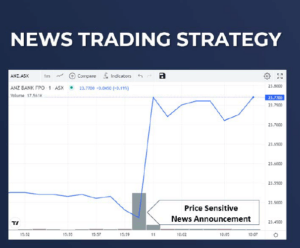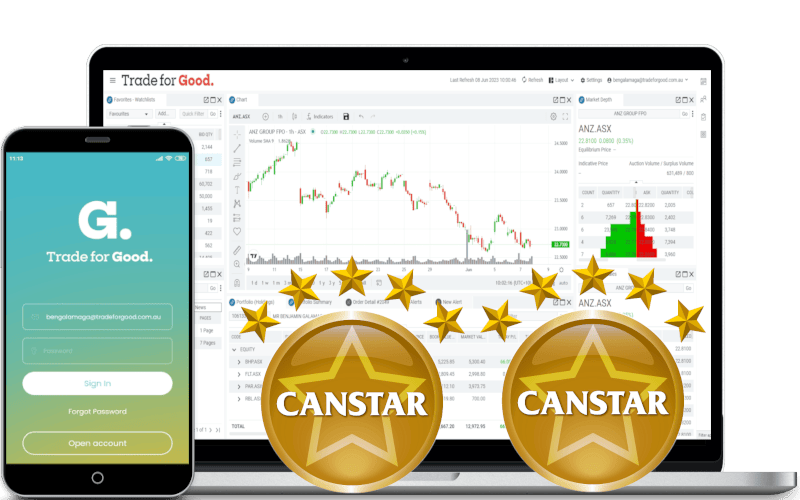Day Trading or Intraday Trading

Day trading, also known as intraday trading, is ideal for traders who prefer to actively trade within a single trading day. Unlike longer-term investment strategies, day traders seek to capitalize on short-term price movements in the financial markets. The primary objective is to take advantage of the price fluctuations that occur between the market’s opening and closing hours.
Day traders typically hold multiple positions throughout the day, but they close all trades before the market closes. This approach helps minimize the risk associated with overnight market volatility, where unforeseen events could significantly impact the value of open positions.
Benefits of Day Trading
- No Overnight Risk: Since all trades are closed before the market closes, day traders avoid the uncertainties and risks that can arise from holding positions overnight. This ensures that they are not exposed to unexpected market movements that could occur outside regular trading hours.

- Limited Intra-day Risk: Day traders focus on short-term trades, with each trade typically lasting from a few minutes to a few hours. This short time frame reduces exposure to market risks that might develop over longer periods.

- Time Flexibility: Day trading offers flexibility in terms of time commitment. Traders can choose to enter and exit trades at various times during the day, depending on their strategy and market conditions. This flexibility allows individuals to tailor their trading activities around other commitments.

- Frequent Opportunities: The fast-paced nature of day trading means that traders can often find multiple trading opportunities throughout the day. This can lead to more frequent profit potential compared to long-term trading strategies.

- Leverage Utilization: Day traders often use leverage to amplify their potential returns. While leverage increases the risk, it also allows traders to control larger positions with a smaller amount of capital.

- Quick Feedback: The short duration of trades provides immediate feedback, allowing traders to quickly learn from their experiences and adjust their strategies as needed.

Drawbacks of Day Trading
- Requires Discipline and Emotional Control: Day trading demands a high level of discipline and emotional control. Traders must strictly adhere to a pre-determined strategy, which includes clearly defined entry and exit levels. The fast-paced nature of day trading can lead to impulsive decisions if a trader lacks the discipline to follow their plan. Emotional reactions to market movements, such as fear and greed, can easily derail a trading strategy, leading to losses.

- Potential for Flat Trades: Not all trades will result in significant price movements within the trading day. Flat trades occur when a position does not move much throughout the day, leading to little or no profit. This can be frustrating for day traders who are seeking quick returns. It’s important for traders to understand that not every trade will be profitable and to manage their expectations accordingly.

- High Transaction Costs: Day trading involves executing multiple trades within a single day, which can lead to high transaction costs. These costs include commissions, spreads, and other fees that can quickly add up, especially for traders with smaller accounts. High transaction costs can erode profits and make it more challenging to achieve consistent profitability.

- Time-Consuming and Stressful: Day trading can be extremely time-consuming and stressful. Traders need to monitor the markets constantly, often spending hours each day analyzing charts, tracking news, and executing trades. The constant need for focus and quick decision-making can lead to burnout and stress, making it a demanding career or hobby.

- High Risk of Losses: The potential for quick profits in day trading comes with a high risk of losses. Due to the use of leverage and the fast-paced nature of the market, traders can quickly lose a significant portion of their capital if they are not careful. The high-risk nature of day trading means that it is not suitable for everyone, especially those who cannot afford to lose the money they are trading.

- Market Volatility: Day trading thrives on market volatility, but this can be a double-edged sword. While volatility can provide opportunities for profit, it can also lead to significant losses if the market moves against a trader’s position unexpectedly. Traders need to be aware of the risks associated with volatile markets and have a solid risk management strategy in place.

Day Trading Tools
Several tools can help you make informed decisions and execute trades efficiently. Here are some of the key tools and resources:
-
Charting Software Indicators
Read MoreFor technical analysis, check the video for our charting tools below:
- Bollinger Bands: Help identify volatility and overbought/oversold conditions.
- Moving Averages: Used to smooth out price data and identify trends.
- Relative Strength Index (RSI): Measures the speed and change of price movements.
-
News Feeds
Read MoreReal-time news can be crucial for making quick decisions, check the video for our news tools below:
-
Trade Execution Tools
Read MoreSpeed and accuracy in order execution are crucial, check the video for our trade tools below:
- Direct Market Access (DMA): Allows traders to place orders directly on the exchange.
- Order Management Systems (OMS): Helps in managing and tracking trades.
Buy Orders
Sell Orders
-
Risk Management Tools
Read MoreTo protect your capital, check the video for our stop loss tools below:
- Stop-Loss Orders: Automatically sell a security when it reaches a certain price.
-
Market Viewing Tools
Read MoreTo view the current market price, the price momentum on the buy or sell and your order priority, check the video for our market depth tools below:
The Bottom Line

You can download the offline guide here News Trading Strategy

What you learn here has been used in our Trade for Good software.
Click on the button to find our software education videos.
You can read more of our educational articles in the Trade for Good Learn section
Trade for Good Learn













